
Publications
Here you will find research Research papers enabled by Fluxim’s development tools

Research Paper — Impact of Luminescent Coupling on Perovskite–Silicon Tandem EQE
Zeder S. J., Krucker T., Moia D., Jenatsch S., Artuk K., Wolff C., Ballif C., Ruhstaller B., Aeberhard U.
Solar RRL (2025).
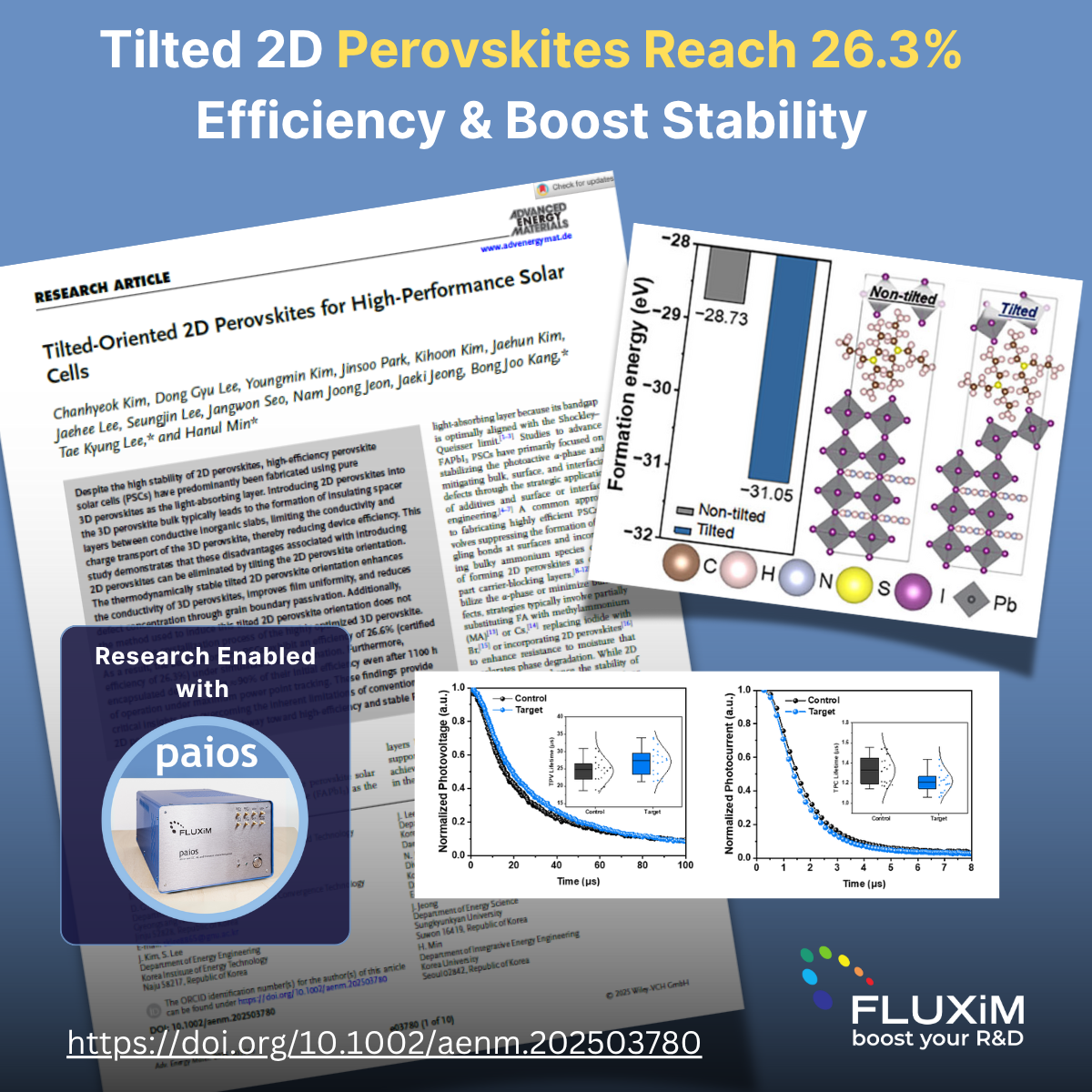
Research Paper: Tilted-Oriented 2D Perovskites for High-Performance Solar Cells
Kim, C., Lee, D. G., Kim, Y., Park, J., Kim, K., Kim, J., Lee, J., Lee, H., Seo, J., Jeon, N., Jeong, H., Kang, S., Lee, B., & Min, J.* (2025). Tilted-Oriented 2D Perovskites for High-Performance Solar Cells. Advanced Energy Materials.

Research paper: Stabilizing Perovskite Solar Cells at 85 °C via Additive Engineering and MXene Interlayers
Baumann, F., Padilla-Pantoja, J., Caicedo-Roque, J. M., Karimipour, M., Vahedigharehchopogh, N., Santiso, J., Ballesteros, B., Miranda Gamboa, R. A., Tian, Z., Raga, S. R., & Lira-Cantú, M. (2025). Stabilizing perovskite solar cells at 85 °C via additive engineering and MXene interlayers. EES Solar. Royal Society of Chemistry.

Research Paper: Self-assembled hole-selective contact for efficient Sn-Pb perovskite solar cells and all-perovskite tandems
Jingwei Zhu, Xiaozhen Huang, Yi Luo, Wenbo Jiao, Yuliang Xu, Juncheng Wang, Zhiyu Gao, Kun Wei, Tianshu Ma, Jiayu You, Jialun Jin, Shenghan Wu, Zhihao Zhang, Wenqing Liang, Yang Wang, Shengqiang Ren, Changlei Wang, Cong Chen, Jinbao Zhang and Dewei Zhao (2024), Self-assembled hole-selective contact for efficient Sn-Pb perovskite solar cells and all-perovskite tandems. Nature Communications.

Research Paper: Dual Interface Modification for Reduced Nonradiative Recombination in n–i–p Methylammonium-Free Perovskite Solar Cells
Rodriguez-Perez, J.J., Esparza, D., Ans, M., Contreras-Solorio, D.A., Diaz Perez, T., Rodriguez-Pereira, J., Barea, E.M., Zarazua, I., Prochowicz, D., Akin, S., Martinez-Pastor, J.P., Pascual, J., Mora-Seró, I. and Turren-Cruz, S.-H. (2025), Dual Interface Modification for Reduced Nonradiative Recombination in n−i−p Methylammonium-Free Perovskite Solar Cells. ACS Appl. Mater. Interfaces, 17, 8610−8618.

Research Paper: Low-Cost Self-Powered Mesoporous Perovskite Devices for Stable High-Dose-Rate Fast-Response X‑ray Detection
Alberti, A., Valastro, S., Calogero, G., Mannino, G., Smecca, E., Spampinato, C., Bongiorno, C., Naselli, E., Finocchiaro, G., Pidatella, A., Mascali, D., & La Magna, A. (2025), Low-Cost Self-Powered Mesoporous Perovskite Devices for Stable High-Dose-Rate Fast-Response X‑ray Detection. ACS Applied Electronic Materials, 7, 6428−6439.

Research Paper: Solution-Processed Metal-Oxide Nanoparticles to Prevent The Sputtering Damage in Perovskite/Silicon Tandem Solar Cells
Magliano, E., Di Giacomo, F., Sathy, H.R., Pourmotlagh, S.M., Giliberti, G., Rodriguez, D.B., Ammirati, G., Mariani, P., Zarotti, F., Matteocci, F., Luce, M., Usatii, I., Bobeico, E., Della Noce, M., Cricenti, A., Cappelluti, F., Mercaldo, L.V. and Di Carlo, A. (2025), Solution-Processed Metal-Oxide Nanoparticles to Prevent The Sputtering Damage in Perovskite/Silicon Tandem Solar Cells. ACS Applied Materials & Interfaces, 17, 17599−17610.

Research Paper: Analytical model for interface recombination limited ideality factors in p-i-n perovskite solar cells
Sandberg, O.J., Kumar, M., Stolterfoht, M., Neher, D. and Armin, A. (2025), Analytical model for interface recombination limited ideality factors in p-i-n perovskite solar cells. APL Energy, 3: 036107.

Research Paper:Emerging strategies for the large-scale fabrication of perovskite solar modules: from design to process
Kang, B. and Yan, F. (2025), Emerging strategies for the large-scale fabrication of perovskite solar modules: from design to process. Energy Environ. Sci., 18: 3917.

Research Paper: Drift-diffusion modeling of perovskite solar cells: past and future possibilities
Singh, A. and Gagliardi, A. (2025), Drift-diffusion modeling of perovskite solar cells: past and future possibilities. EES Solar. DOI:
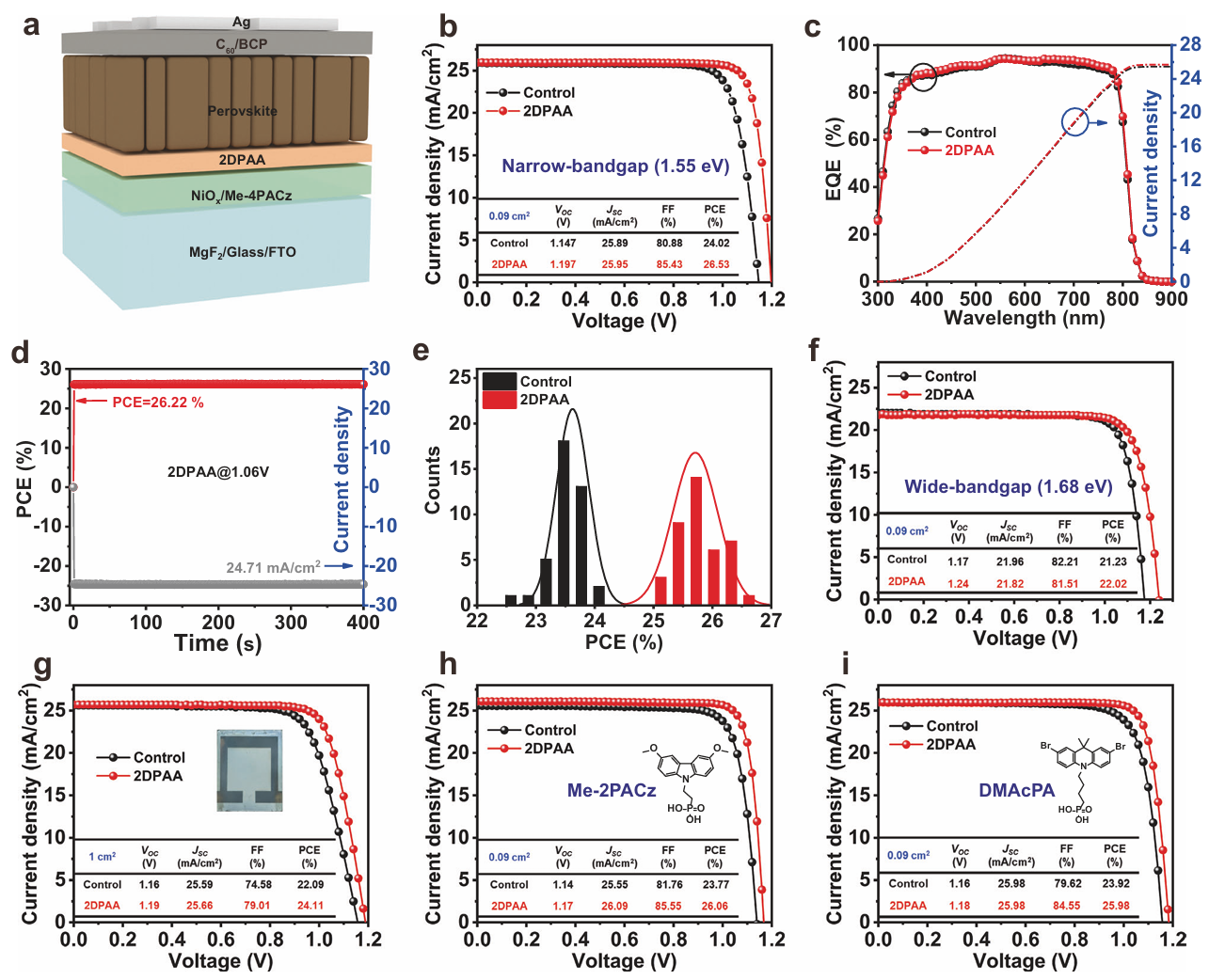
Research Paper: Enlarging moment and regulating orientation of buried interfacial dipole for efficient inverted perovskite solar cells
Peng, Y., Chen, Y., Zhou, J., Luo, C., Tang, W., Duan, Y., Wu, Y. and Peng, Q. (2025), Enlarging moment and regulating orientation of buried interfacial dipole for efficient inverted perovskite solar cells. Nature Communications.
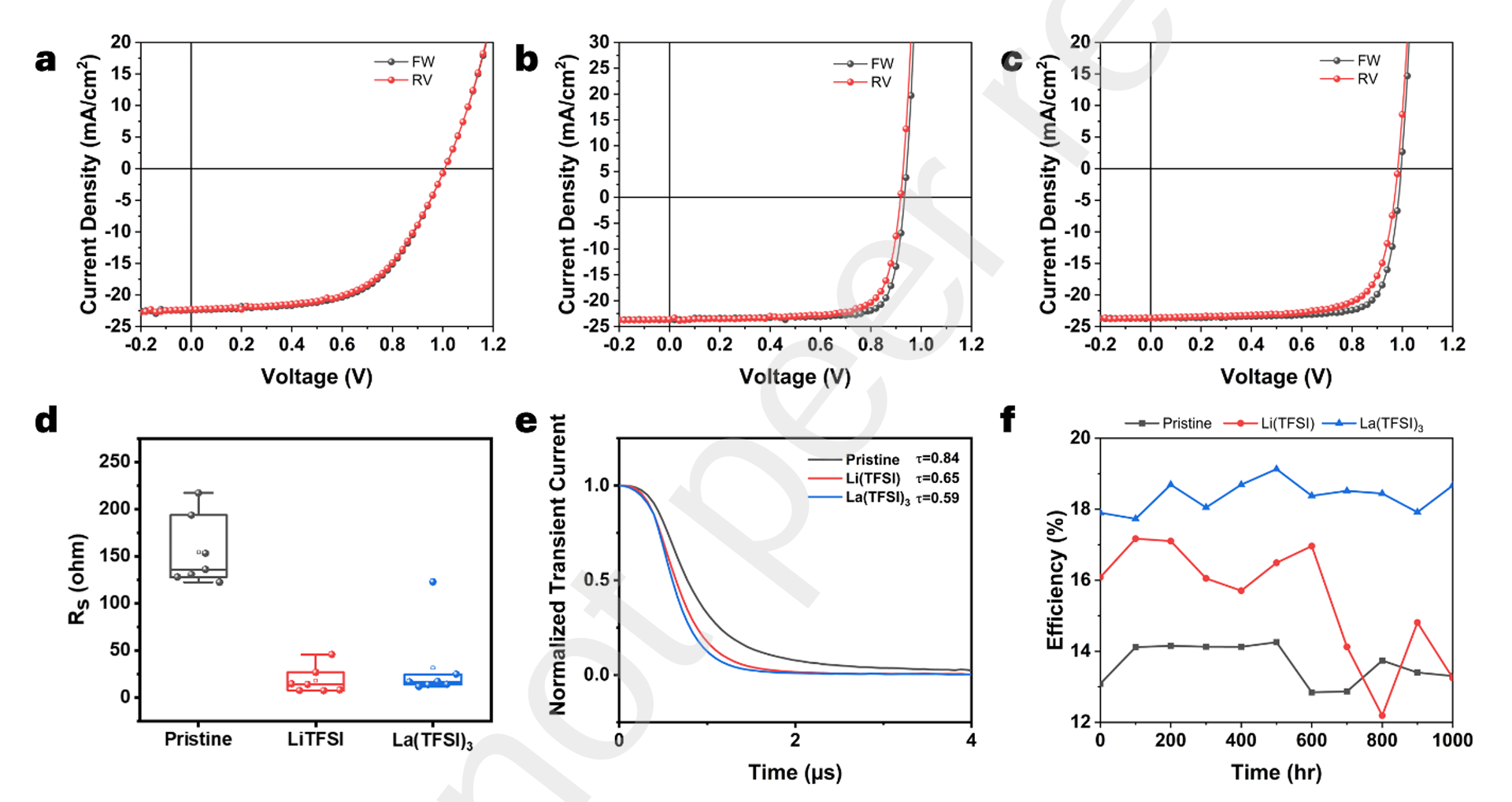
Research Paper: Coordination-Based Doping of MEH-PPV with La(TFSI)3 Enables Air-Free Conductivity 2 and Stable Performance in Perovskite Solar Cells
McPherson, Seth W. and Chou, Yeh-Chuan and Shin, Insoo and Maclean, Stephen A. and Li, Tai-De and Lin, Chieh-Ting and Kong, Jaemin and Rohr, Jason A. and Taylor, André D., Coordination-Based Doping of Meh-Ppv with La(Tfsi)3 Enables Air-Free Conductivity and Stable Performance in Perovskite Solar Cells.
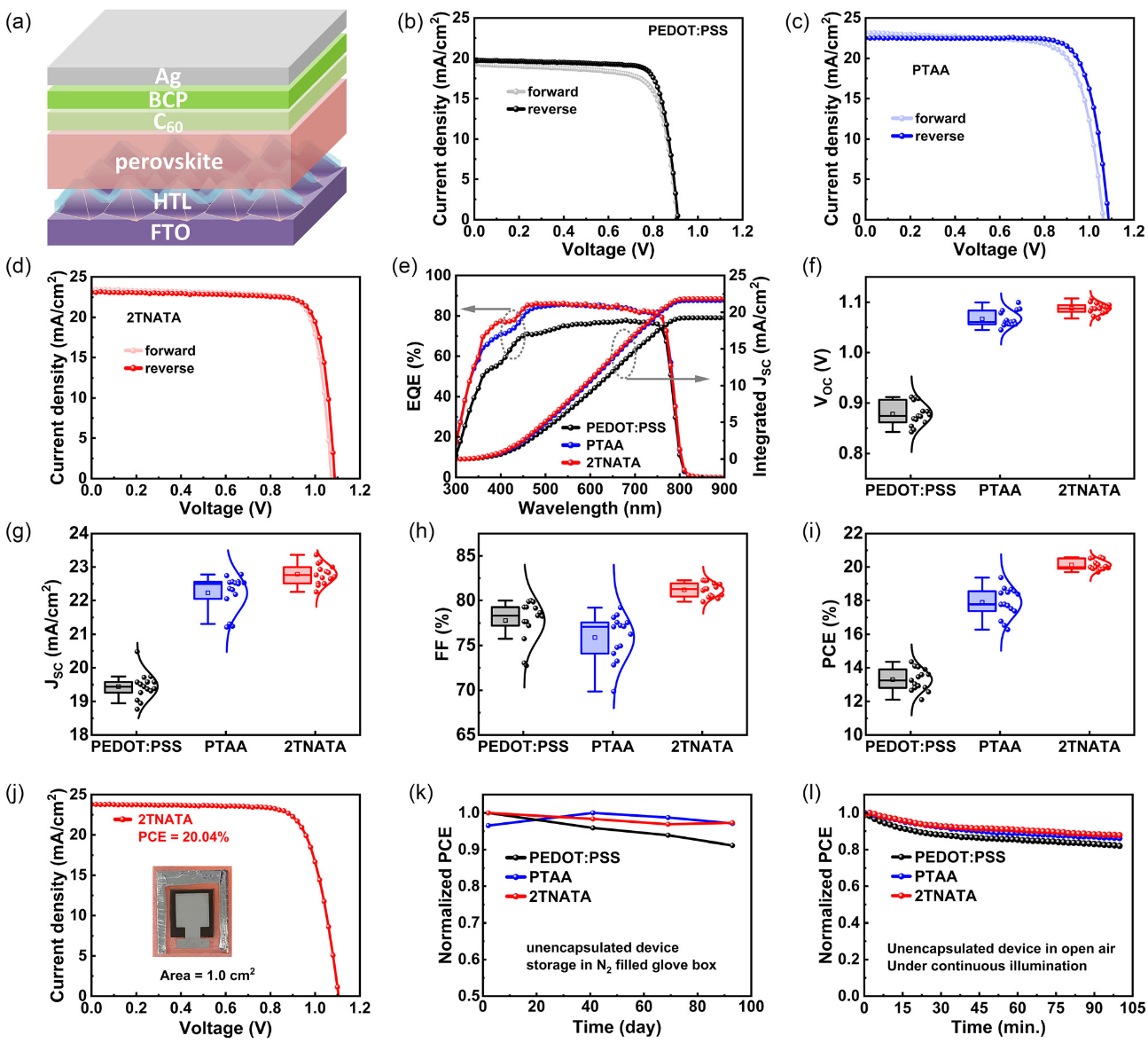
Research Paper: Small Molecular Organic Hole Transport Layer for Efficient Inverted Perovskite Solar Cells
Ahmmed, S., Karim, M. A., He, Y., Cao, S., Kayesh, M. E., Matsuishi, K., & Islam, A. (2025). Small Molecular Organic Hole Transport Layer for Efficient Inverted Perovskite Solar Cells. Solar RRL, 7, e202500017.
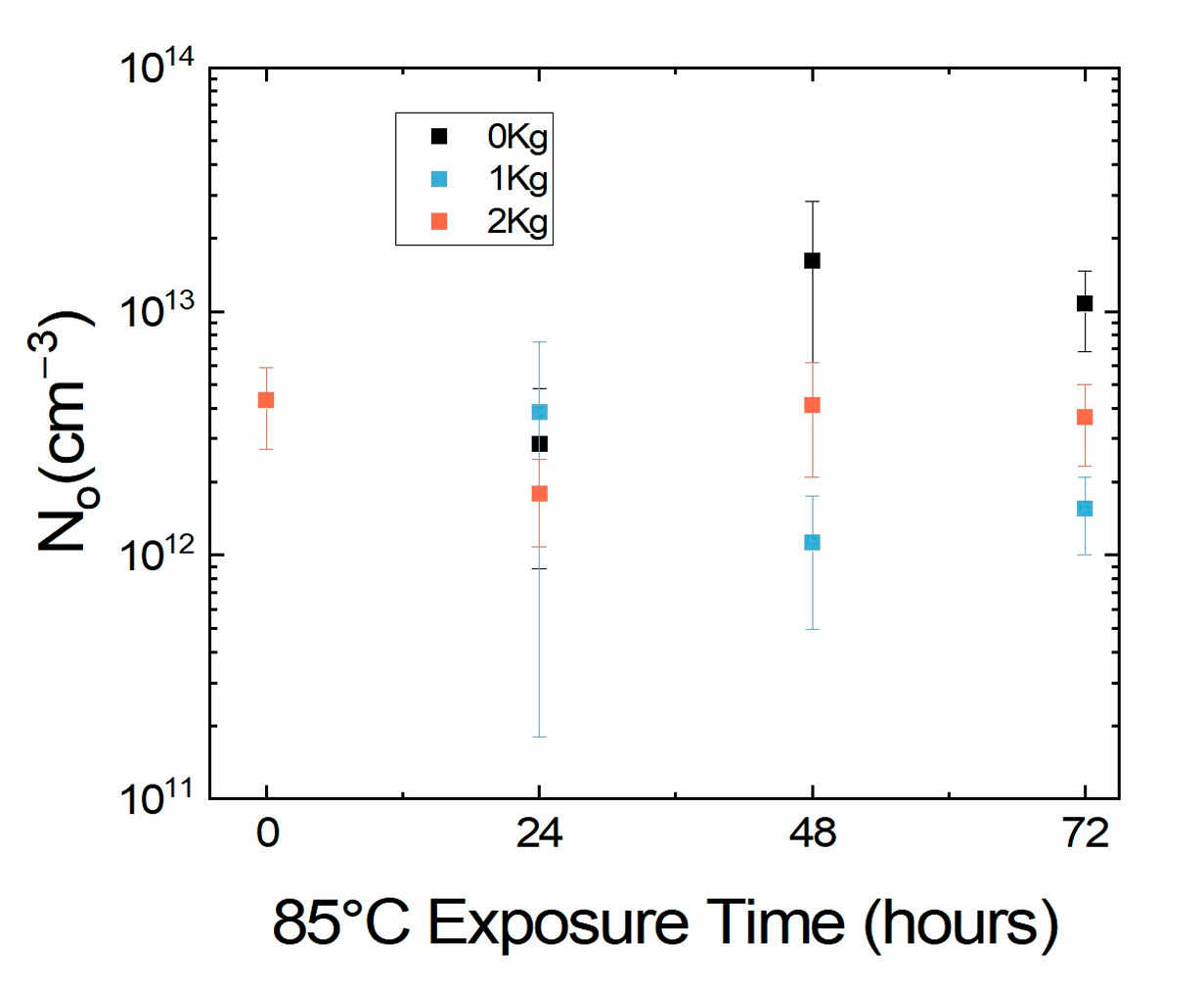
Research Paper: Pressure Engineering to Enable Improved Stability and Performance of Metal Halide Perovskite Photovoltaics
Burgard, E., Penukula, S., Casareto, M. and Rolston, N. (2025), Pressure Engineering to Enable Improved Stability and Performance of Metal Halide Perovskite Photovoltaics. Molecules, 30: 1292.
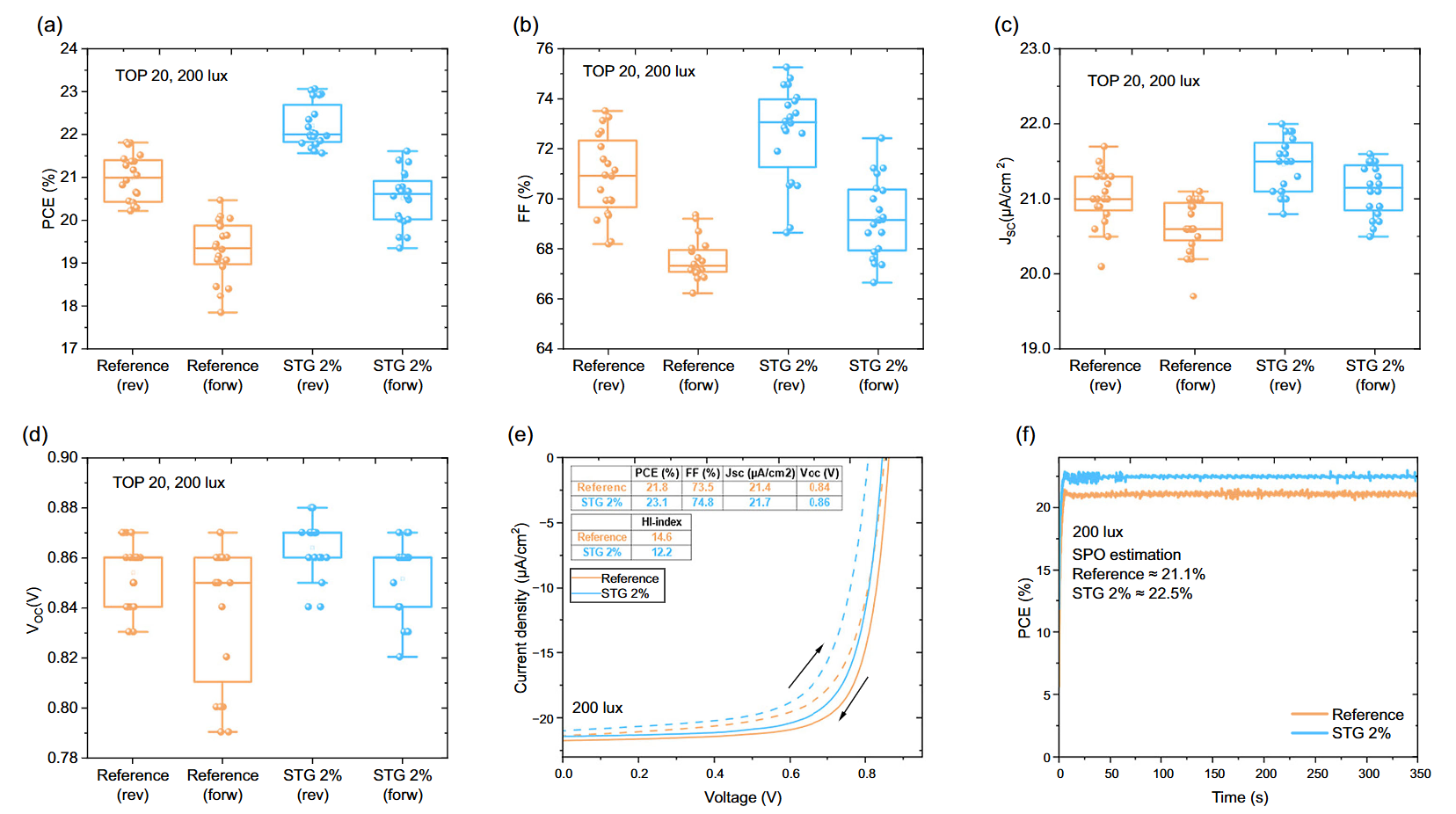
Research paper: Bulk Passivation of Lead Halide Perovskites: The Key to High-Performance Indoor Photovoltaics at Very Low-Light Intensities
Karpiola, E., Grandhi, G.K., Doyranli, C., Han, Y., Alexander, A., Jagadamma, L.K., Tewari, A., Manna, D. and Vivo, P. (2025), Bulk Passivation of Lead Halide Perovskites: The Key to High‐Performance Indoor Photovoltaics at Very Low‐Light Intensities. Solar RRL, 11
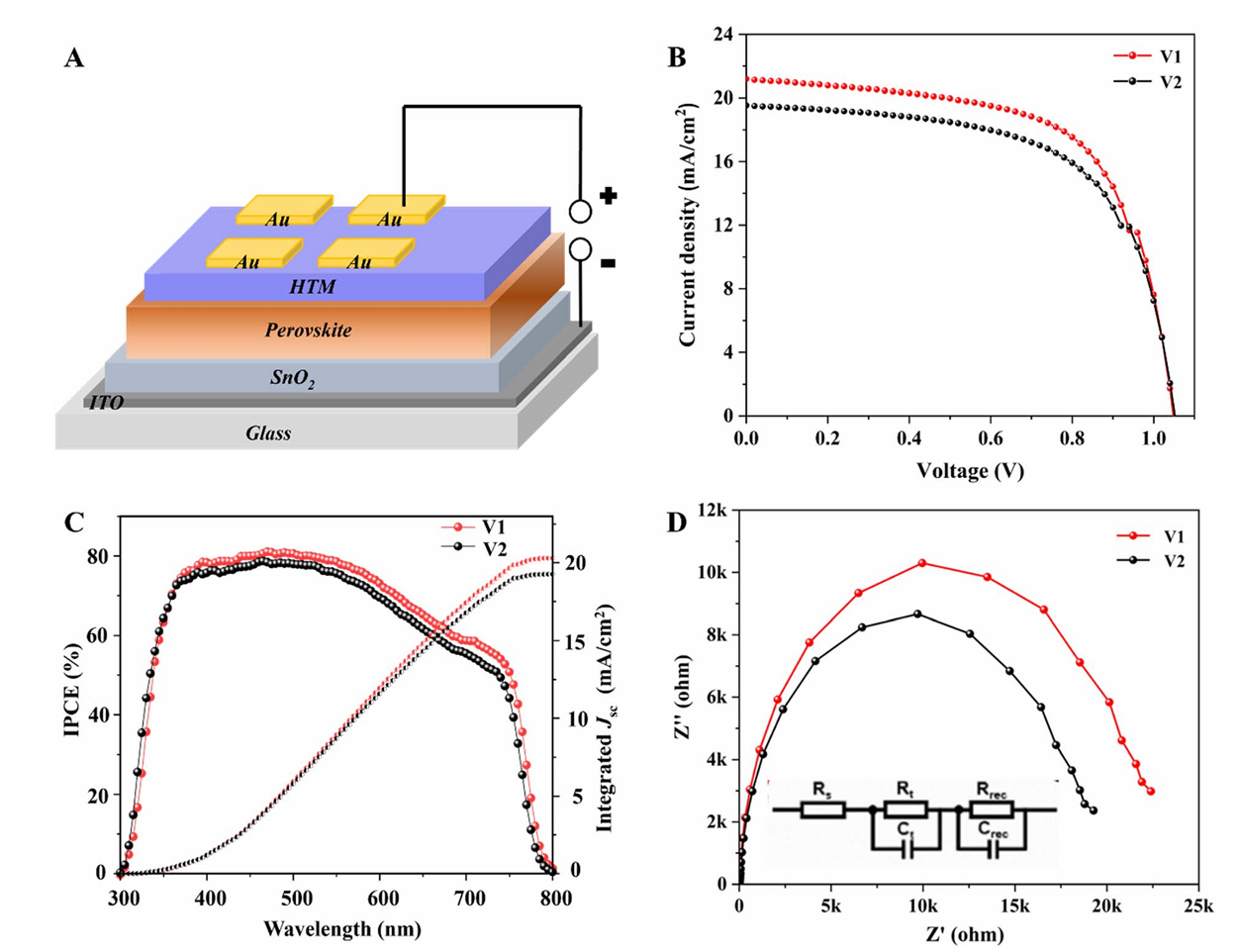
Research Paper: Dopant-free hydrophobic fluorene-based HTMs with methoxy-triphenylamine and carbazole groups for improved perovskite solar cell performance
Bhat, V.G., Keremane, K.S., Subramanya, K.S., Archana, S., Hegde, A., Asuo, I.M., Poudel, B. and Dalimba, U.K. (2025), Dopant-free hydrophobic fluorene-based hole transport materials: impact of methoxy-substituted triphenylamine and carbazole peripheral groups on the performance of perovskite solar cells. Sustainable Energy Fuels, 9: 2769.
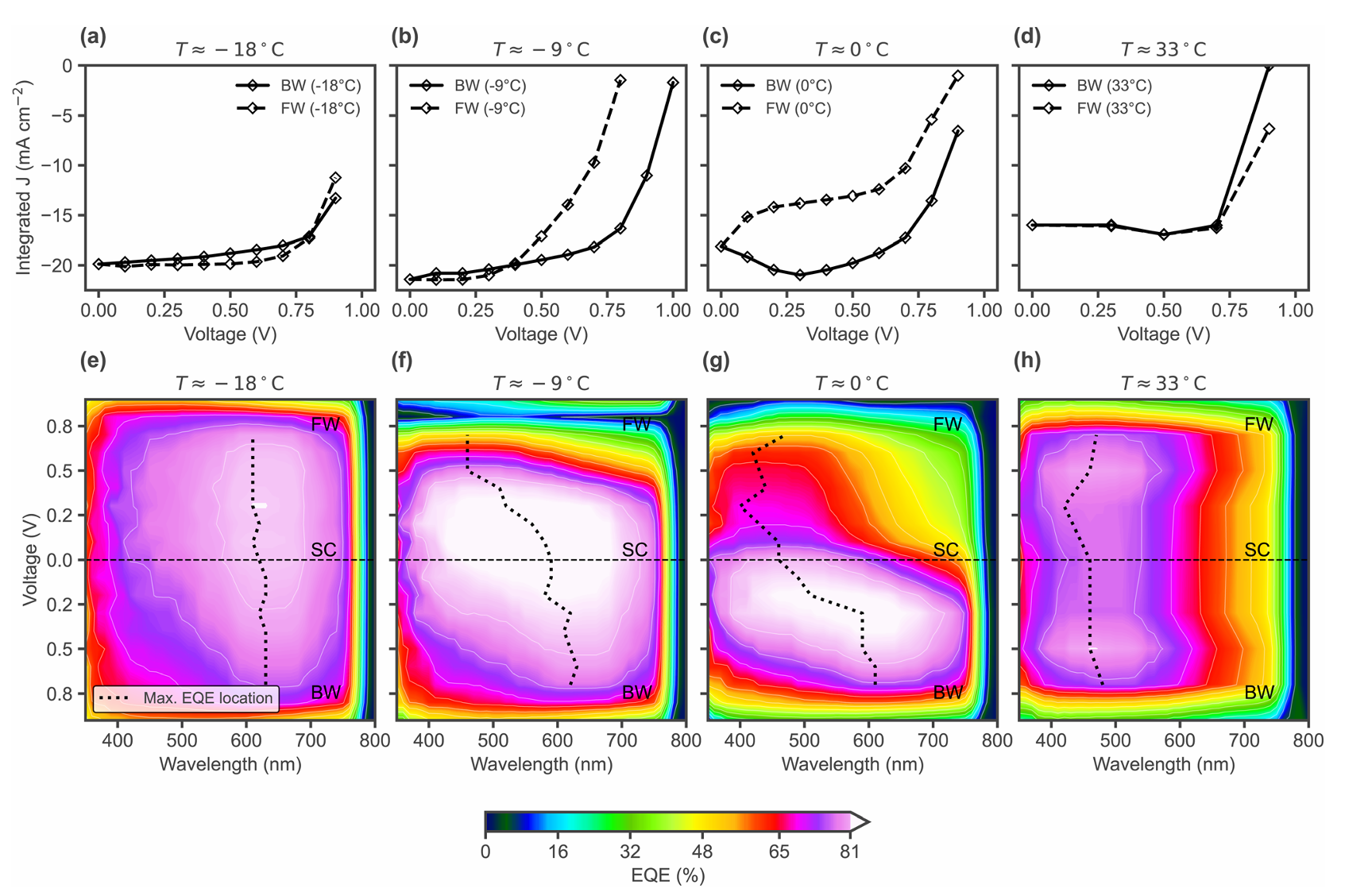
Research Paper: Visualising ionic screening in perovskite solar cells: a bumpy ride along the J–V curve
orre Cachafeiro, M.A., Narbey, S., Ruhstaller, B., Nüesch, F. and Tress, W. (2025), Visualising ionic screening in perovskite solar cells: a bumpy ride along the J–V curve. EES Solar.
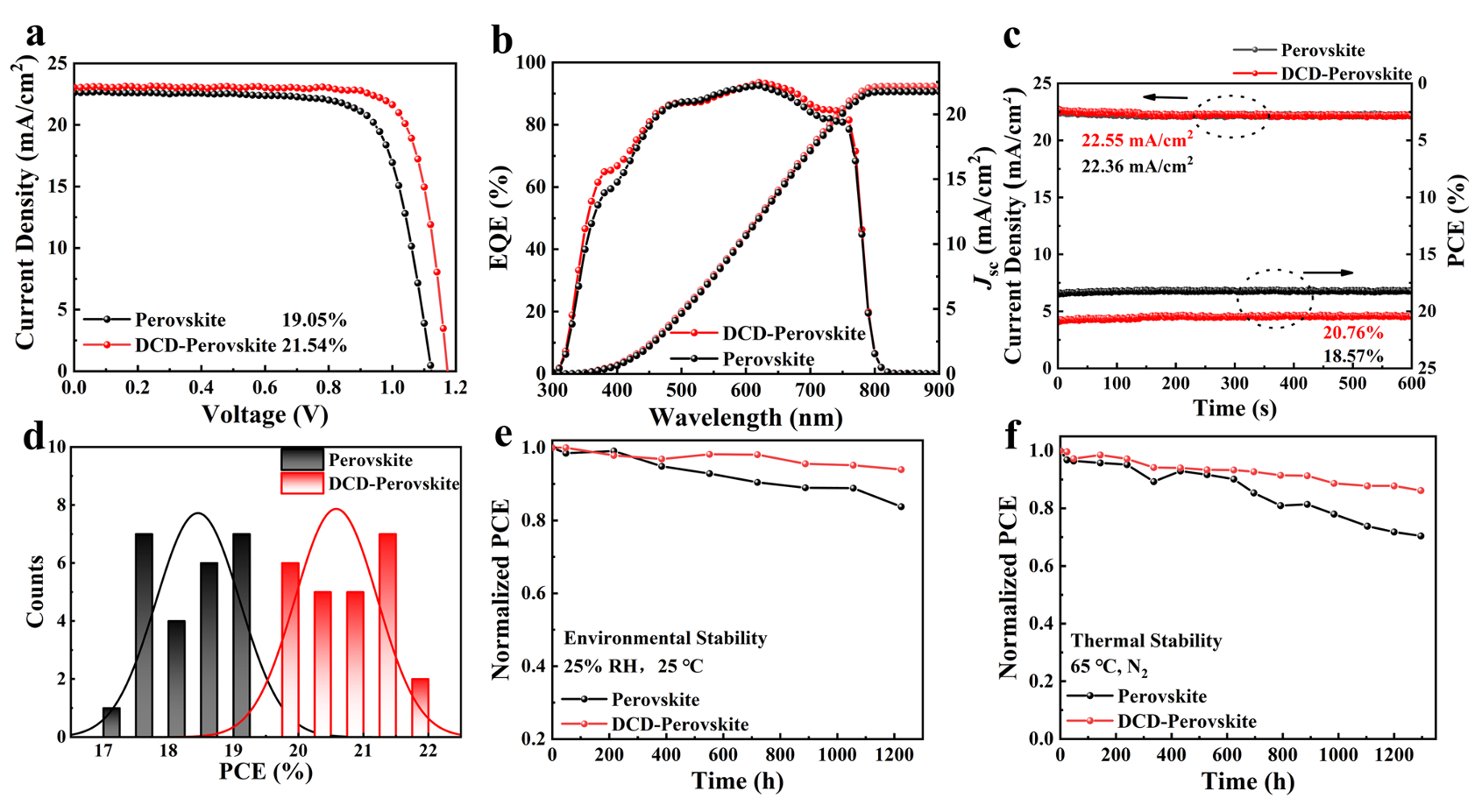
Research Paper: Dicyandiamide‑Driven Tailoring of the n‑Value Distribution and Interface Dynamics for High‑Performance ACI 2D Perovskite Solar Cell
Chen, G., Gan, Y., Wang, S., Liu, X., Yang, J., Peng, S., Zhao, Y., Li, P., Komilov, A., Song, Y., Zhang, Y. (2025), Dicyandiamide‑Driven Tailoring of the n‑Value Distribution and Interface Dynamics for High‑Performance ACI 2D Perovskite Solar Cells. Nano-Micro Lett., 17:305.
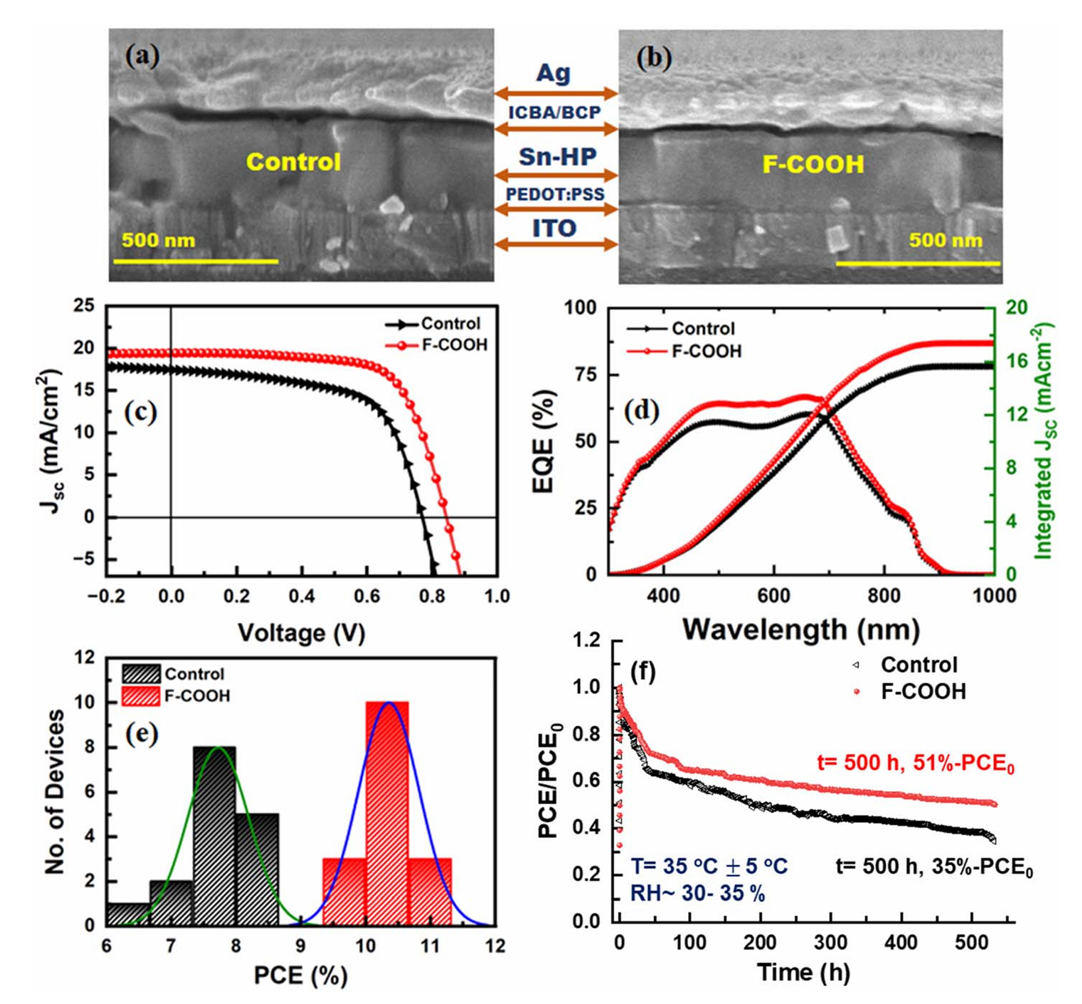
Research Paper: Defect mitigation via fullerene-based functional additives for enhanced efficiency and stability in tin perovskite solar cells
Shukla, A., Khadka, D.B., Li, C., Rikukawa, M., Takeoka, Y., Sahara, R., Yanagida, M. and Shirai, Y. (2025), Defect mitigation via fullerene-based functional additives for enhanced efficiency and stability in tin perovskite solar cells. J. Mater. Chem. A, 13: 23487.

Research Paper: Barrier layer design reduces top electrode ion migration in perovskite solar cells
Penukula, S., Khanal, M.N., Sharma, M., Parashar, M., Kerner, R.A., Chen, M., Davis, M.A., Saha, R.A., Solano, E., Roeffaers, M.B.J., Berry, J.J., Luther, J.M., Steele, J.A., Palmstrom, A., Whiteside, V.R., Rout, B., Sellers, I.R. and Rolston, N. (2025), Barrier layer design reduces top electrode ion migration in perovskite solar cells. EES Sol., 1, 345.
